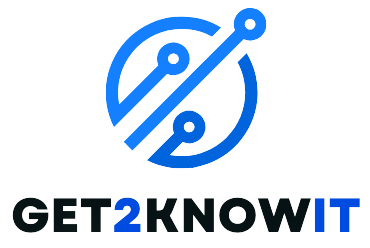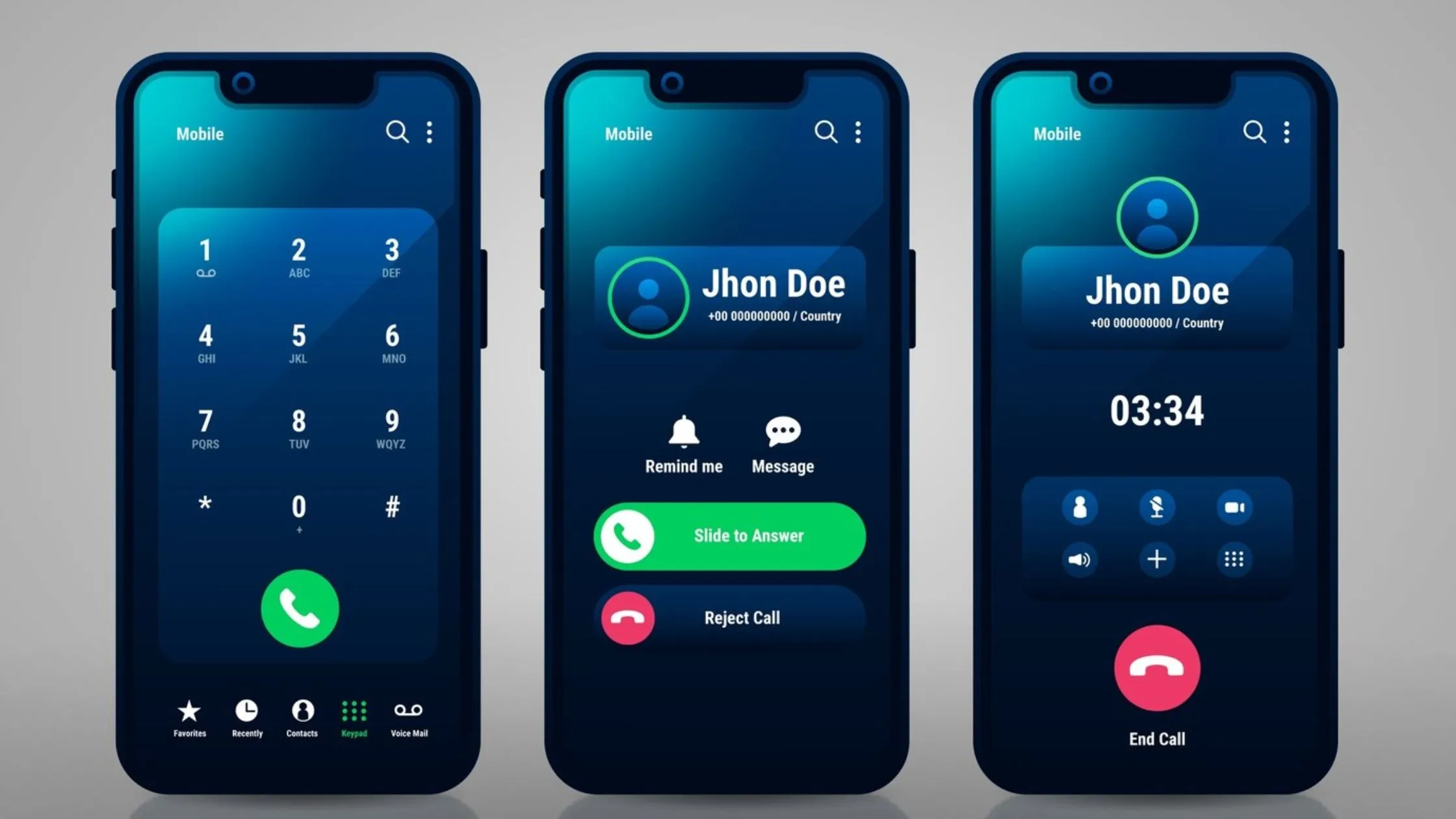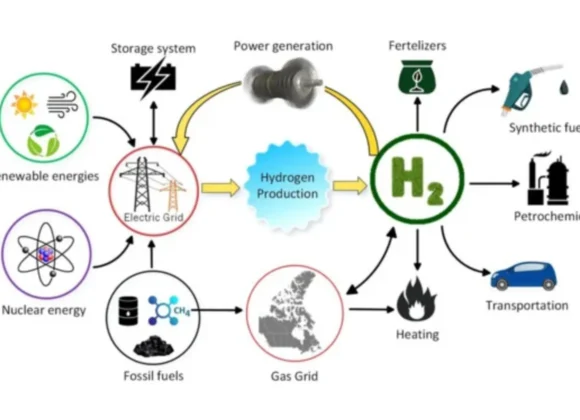A Call Level Interface is a middleman that connects your programs with databases. It allows programs to communicate with databases via a fixed group of functions, utilizing the Structured Query Language for queries and alteration of data.
You can imagine it as an interpreter, your program makes calls to functions in the CLI, which then translates these calls into the particular language that the database can comprehend. This simplifies the communication process and allows for easy interaction with different databases, eliminating the need to understand unique methods of each database.
Benefits Of Call Level Interface
Call Level Interfaces are strong and flexible tools that allow programs to communicate with databases.
Standardization: CLIs, as a common interface for interacting with databases, offer a standard set of functions that is compatible with various database vendors. This eradicates the requirement to rewrite code for every different database instance, leading to less time and resources used during development stages.
Integration with SQL in a Simpler Manner: CLIs offer you the ability to combine SQL instructions inside your program’s code. You can create and perform SQL queries using function calls, which makes accessing the database more understandable and efficient.
Flexibility and Portability: CLI programs can adjust to different database systems if they have CLI standard. This encourages reusing code and makes it easier to manage applications in various database environments.
Performance and Efficiency: CLIs can improve interactions with databases, as they handle details of low-level communication. This may result in quicker execution of programs and enhanced general performance.
Advanced Abilities: They have abilities that surpass basic questions, like transactions to ensure data integrity, cursors for effective handling of big datasets and stored procedures for code modularity and reusability.
Strong Foundation: CLIs are the fundamental component of more advanced ways to access databases, such as ODBC (Open Database Connectivity). Knowing about CLIs gives you a good starting point for using other communication tools in databases.
Security: CLIs don’t provide direct benefits in terms of security, but they do contribute indirectly by allowing the application of parameterized queries. This method aids in avoiding SQL injection attacks.
The Core Concepts of CLIs
Essentially, CLIs are built around two main ideas, function calls and interactions with the database. These functions have a set standard according to ISO/IEC 9075, which permits programs to connect with databases, execute SQL statements and handle results. You can imagine these functions as small pieces of a puzzle, you call one function for connecting, another for running a query or command and then use yet another function to get your desired data back from the database.
Working with CLIs
Here is what you need to keep in mind while working with call level interface
Language Choice
In the past, C and COBOL were frequently used for creating CLIs. However, nowadays you can develop them in multiple languages that have libraries ready to be employed. Select a language based on both your project’s requirements and what makes you feel comfortable.Development environment, include the CLI library for your selected language. This library will supply you with the functions that are needed to interact with the database.
First CLI Program
Include Header Files: Begin by including the header files from the call level interface library. These files contain the definitions for functions that you will utilize.
Establish Database Connection: Use a function to connect with the selected database by giving required access details.
Construct & Execute SQL: Create your SQL statement and apply a function to run it on the database.
Handle Results: Use another function to get the results from the database, and process them according to requirement.
Close Connection: At the end, use a function to close the connection with the database for good resource handling.
Advanced Techniques for Mastering CLIs
When it comes to mastering the basics of CLIs, understanding these core concepts is crucial.
Working with Different Data Types
Indeed, CLIs have the ability to deal with diverse data types that go beyond simple numbers and strings. You could learn how to navigate dates, times, binary information as well as complicated data structures based on the call level interface and database features you use.
Parameterized Queries for Enhanced Security and Flexibility
Parameterized queries are another technique that avoids embedding values directly into SQL statements. They use placeholders for values in the query, enhancing security by preventing SQL injection attacks and enabling dynamic query building depending on user input or program logic.
Transactions and Data Integrity
Transactions are useful for achieving data consistency because they treat multiple database operations as a whole. By handling transactions in CLIs, you can ensure that complex data changes occur in an organized and secure manner.
Stored Procedures and Database Functions
Stored procedures are like pre-compiled SQL code blocks kept on the database server. The call level interface can give a call to these procedures, this helps in making code reusable and modular. In a similar way, we can use database functions for complicated calculations or changing data inside the database itself.
Efficiently Processing Large Result Sets
Cursors, they play the role of iterators. They let you go through big result sets from the database one chunk at a time. It is useful in situations where operations use a lot of memory or there are millions of records to handle.
Bulk Data Operations
Command Line Interfaces frequently give methods for bulk transfer of data. These methods let you smoothly bring in or take out large datasets between your program and the database.
Meta Data Access
A few call level interface provide special functions for reading database metadata. This kind of information includes details about table structure, column attributes and data types. It can be helpful in creating queries dynamically or designing program logic based on the database schema.
CLI vs. ODBC
CLIs and ODBC are not identical but related as they both deal with database access. call level interface give a method for programs to directly converse with databases by employing function calls, which makes it simple and efficient as well as providing low-level handling of data. On the other hand, ODBC is an interface system that allows you to link your program with various databases without needing knowledge in call level interface functions.
It offers high-level methods like SQL statements making it easier to write code for interacting with different database systems. ODBC is like a layer that sits on top of CLIs, providing extra abstraction and taking care of driver management. It might be simpler to use and compatible with more kinds of databases.
Security Considerations When Working with CLIs
Even though call level interface are not naturally insecure, using them demands security understanding to escape possible vulnerabilities. One significant worry is SQL injection that can happen when harmful code gets put into your SQL statements. Here, parameterized queries serve as the protection. They enable you to keep data separate from your SQL code, thus stopping injection attacks.
Common Challenges and Troubleshooting Tips
Even for experienced programmers, call level interface can be difficult to understand and use. Here are some common problems along with advice to overcome them:
Connection Errors: Failure to Establish Connection. Problems like wrong credentials, network troubles or unavailability of the database may prevent setting up a connection.
SQL Syntax Errors: These are errors that happen when there is a typo or wrong syntax in your SQL statements, causing them to not execute correctly.
Data Type Mismatches: When the data types used in your program do not match with those in the database, it can lead to errors during operations like getting or changing data.
Unexpected Results: Your code could get unexpected outcomes because of issues with your logic or the base data in the database.
Discover the strength of Call Level Interfaces , and open a realm where you can efficiently access your data with uniformity. This guide includes basic ideas as well as complex methods for call level interface programming, giving you the understanding to become a sure call level interface programmer.




